When Saber-Toothed Cats Ruled Ancient Los Angeles

Picture this: where Beverly Hills boutiques now stand, massive saber-toothed cats once stalked their prey through grasslands and woodlands. The La Brea Tar Pits have preserved an incredible snapshot of life from 50,000 years ago, when these magnificent predators dominated the landscape.
Scientists have unearthed over 2,000 individual saber-toothed cat specimens from these ancient asphalt deposits. That’s more fossils than any other large predator found at the site. This treasure trove of bones tells us something remarkable about how these cats lived and died together.
The Shocking Truth About Saber-Toothed Pack Behavior

For decades, researchers assumed saber-toothed cats were solitary hunters like most modern big cats. But the La Brea evidence suggests otherwise. The sheer number of fossils found together, combined with their bone chemistry, points to something extraordinary.
These fearsome predators may have actually lived in family groups or small packs. Think of them less like tigers and more like lions with oversized fangs. The concentration of remains suggests they worked together to bring down massive prey like ground sloths and ancient bison.
Ancient Nurseries Hidden in Tar

The most heartwarming discovery came from analyzing juvenile saber-toothed cat remains. Baby cats and adolescents are found alongside adults, indicating extended family care. Modern big cats typically leave their young after 18 months, but these ancient cousins may have stayed together much longer.
Imagine young saber-toothed kittens learning to hunt from their parents and older siblings. The extended family structure would have given them crucial survival advantages in a world filled with dire wolves, giant bears, and other formidable predators.
The Bone Chemistry That Revealed Their Secret
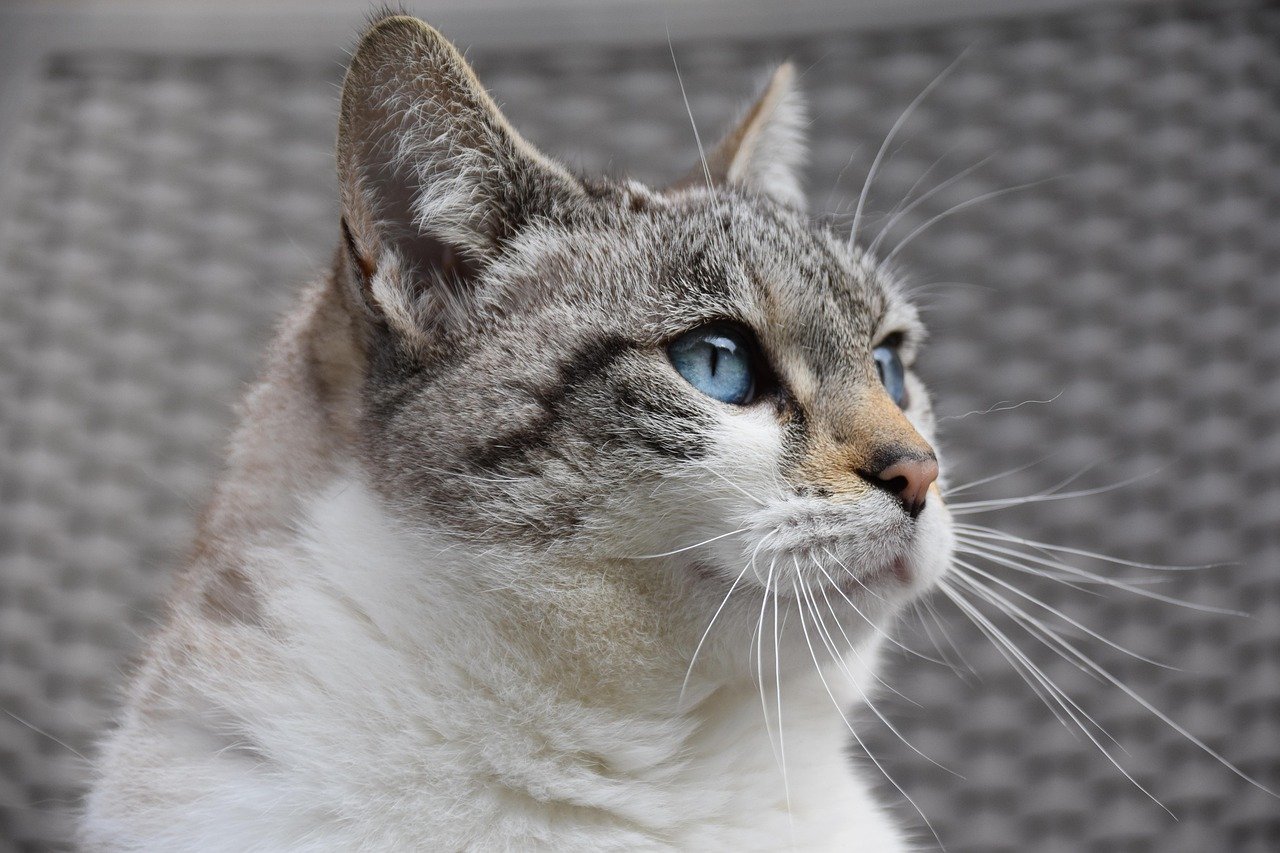
Scientists used isotope analysis to study what these cats ate and where they lived. The results were surprising – individual cats showed similar chemical signatures, suggesting they shared hunting territories and food sources. This wouldn’t happen if they were strictly solitary.
The bone chemistry also revealed seasonal migration patterns. Groups of saber-toothed cats may have traveled together, following herds of prey animals across ancient California. This coordinated movement requires the kind of social organization we see in modern wolf packs.
Cooperative Hunting Strategies Frozen in Time
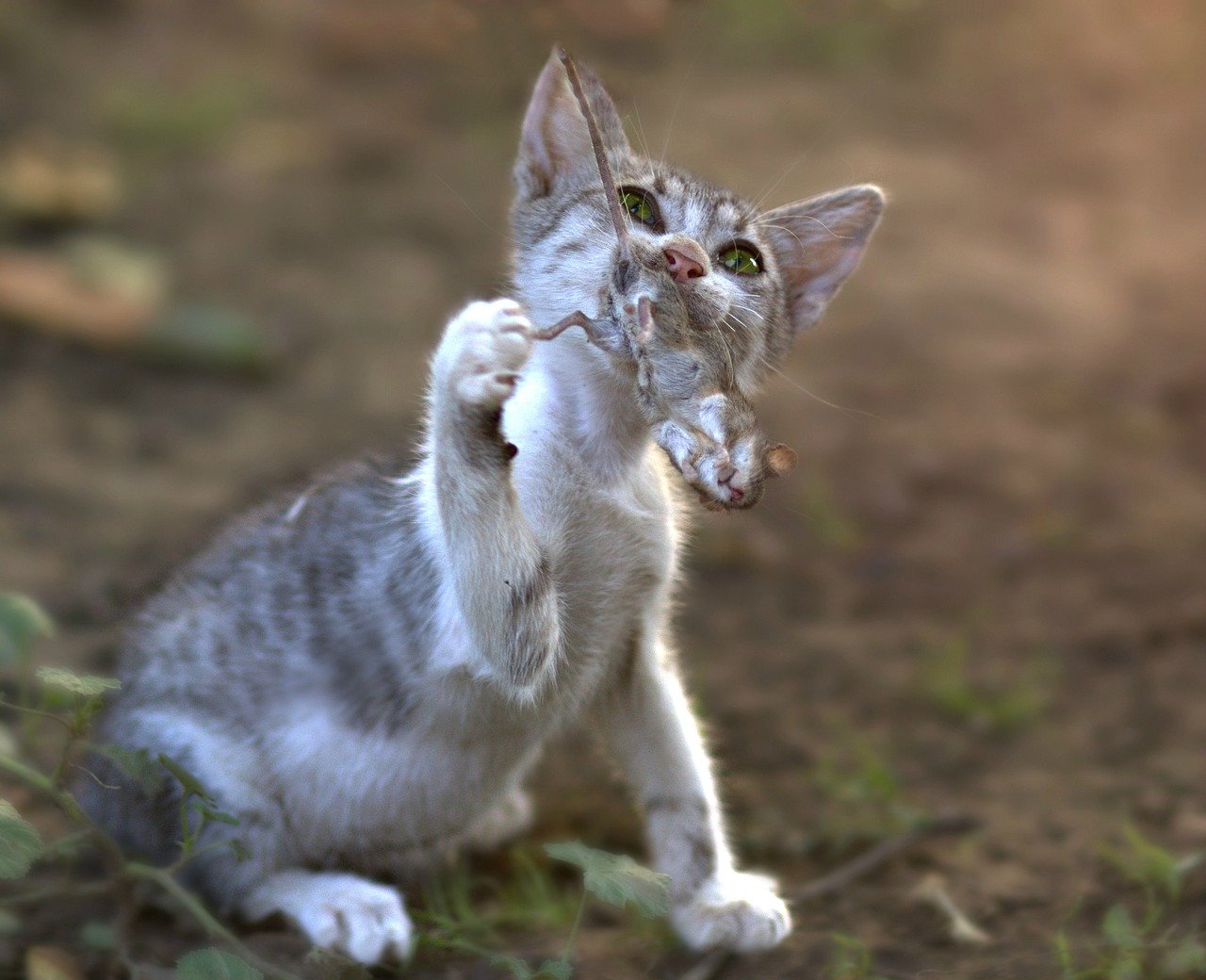
The types of prey found alongside saber-toothed cat remains tell an incredible story. Many of the victims were enormous – far too large for a single cat to bring down alone. We’re talking about ground sloths the size of small cars and mastodons with tusks like telephone poles.
Working together, a group of saber-toothed cats could have easily overwhelmed these giants. One cat might have leaped onto the back while others attacked from different angles. Their famous canine teeth were perfect for delivering precise, coordinated killing bites to major arteries.
Why They Gathered at Death Traps

The La Brea Tar Pits weren’t actually tar pits at all – they were natural asphalt seeps that trapped unwary animals. But why did so many saber-toothed cats end up there? The answer might lie in their social nature.
When one member of a group became trapped, others may have attempted rescue missions. This altruistic behavior, common in social species, could explain why entire family groups are found together in the same deposits. Their loyalty to each other ultimately led to their preservation for science.
Evidence of Emotional Bonds
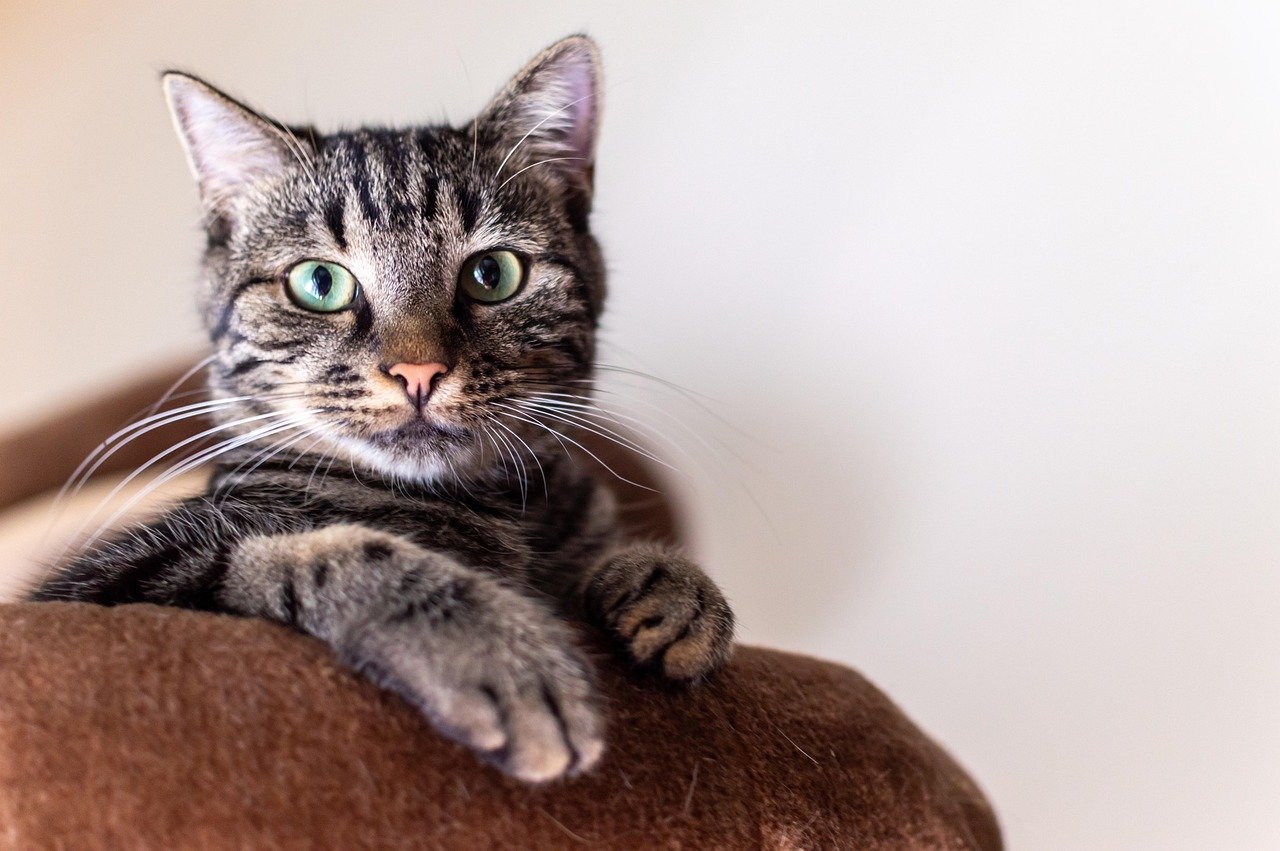
Some of the most compelling evidence comes from studying injured and healed bones. Several saber-toothed cat fossils show signs of serious injuries that healed over time. In solitary species, such injuries would typically be fatal since the animal couldn’t hunt effectively.
The fact that these cats survived major injuries suggests they received care from group members. Picture an injured saber-toothed cat being brought food by its family, just like modern lions do. It’s a touching reminder that even fearsome predators can show remarkable compassion.
Communication Through Scent and Sound
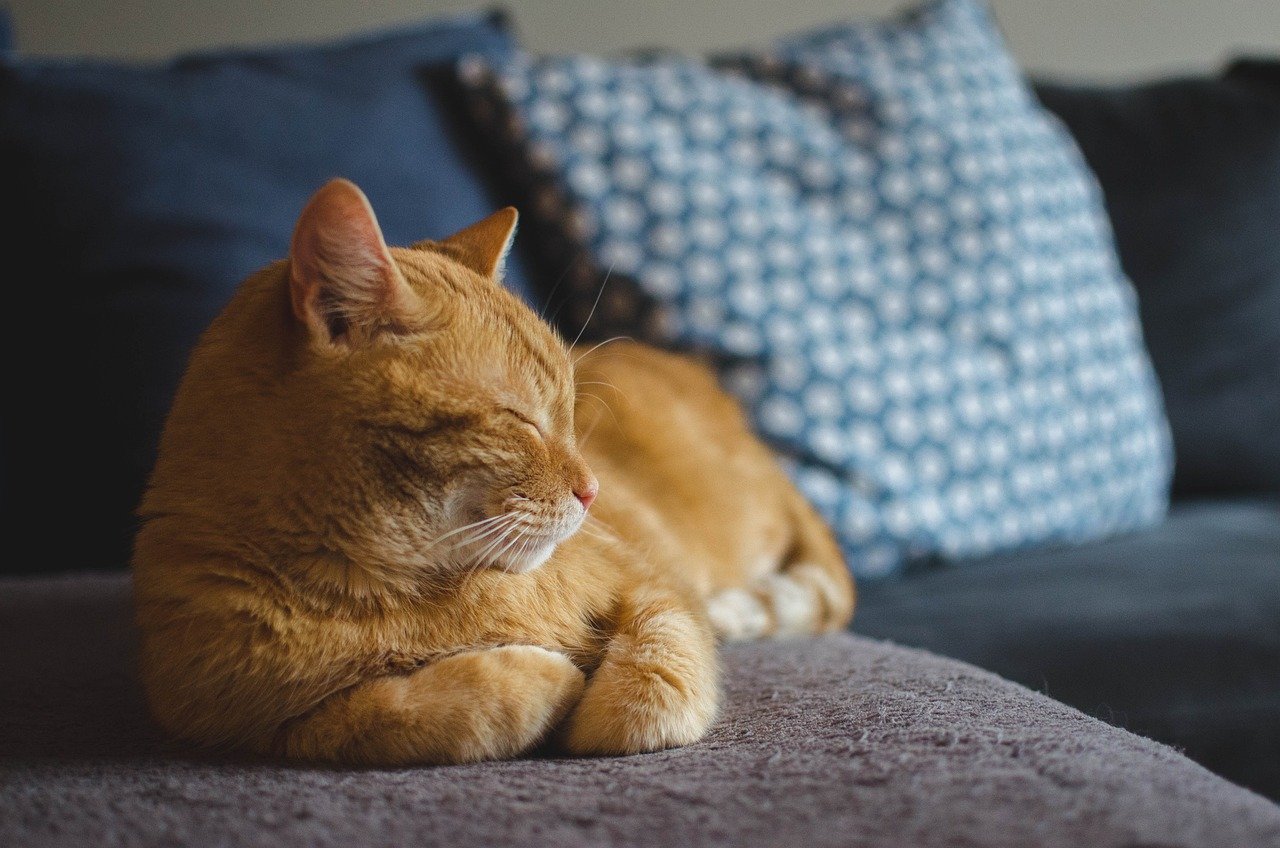
The skull structure of saber-toothed cats reveals sophisticated communication abilities. Their nasal passages were enlarged, suggesting a keen sense of smell for recognizing family members and marking territory. Large throat structures indicate they could produce a variety of vocalizations.
These cats likely had complex scent-marking behaviors and vocal repertoires that helped coordinate group activities. Imagine the ancient California landscape filled with the calls of saber-toothed cats communicating across vast distances, much like modern lions roaring across the savanna.
Territory Sharing and Resource Management
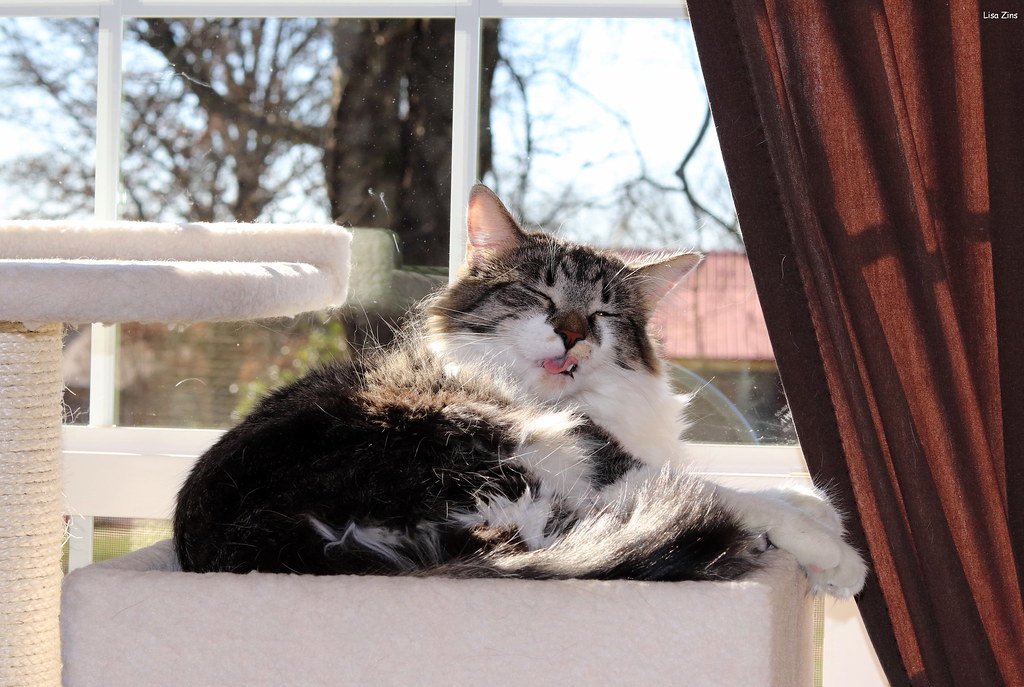
Multiple saber-toothed cat families appear to have shared overlapping territories around the La Brea area. This suggests a sophisticated understanding of resource management and possibly even peaceful coexistence between different groups. Such behavior is rare among modern big cats.
The abundance of prey during the Pleistocene may have allowed for this unusual social flexibility. When food is plentiful, even naturally competitive predators can afford to be more tolerant of neighbors. It’s a fascinating glimpse into how environmental abundance shapes social behavior.
The Role of Grandparents in Saber-Toothed Society
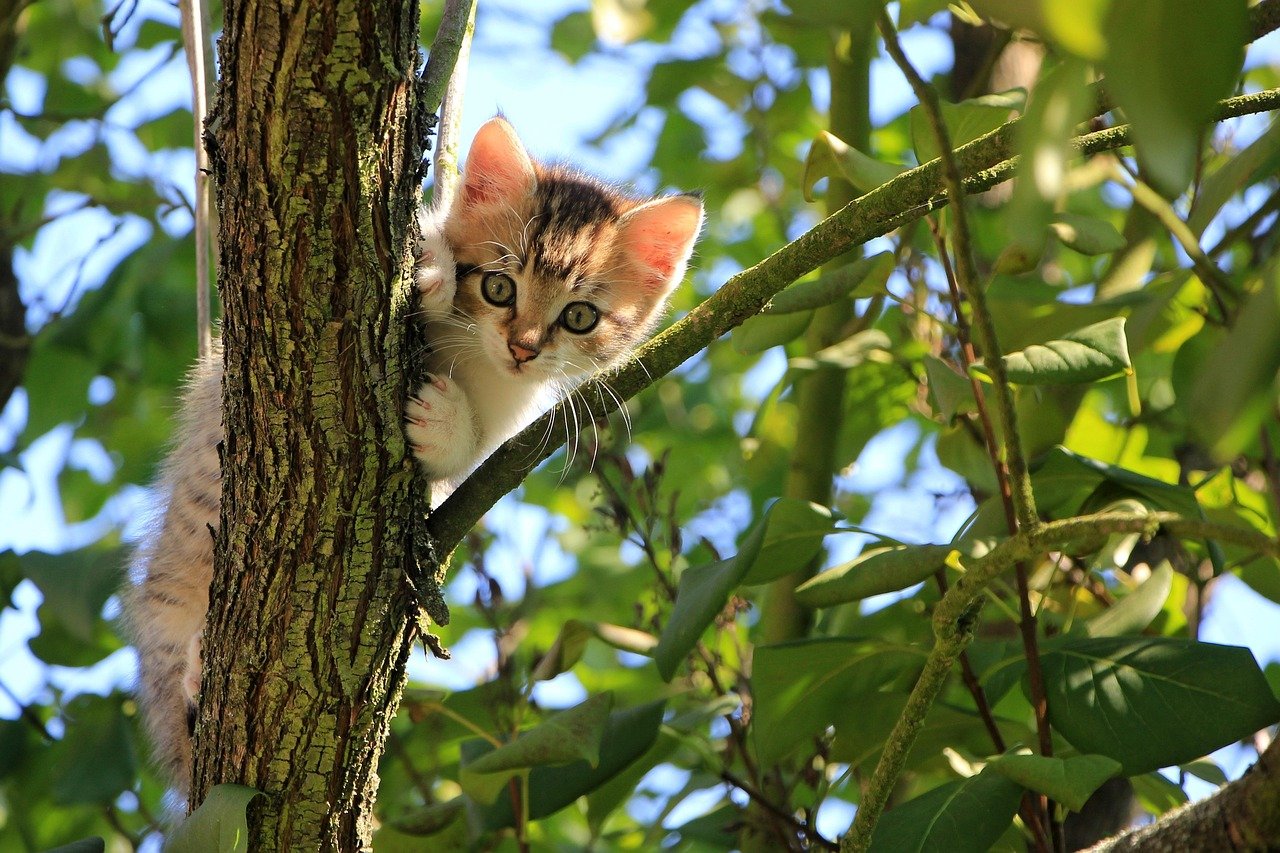
Age analysis of the fossils reveals something remarkable – some saber-toothed cats lived well past their prime hunting years. In solitary species, elderly individuals typically die quickly once they can’t hunt effectively. But these ancient cats had a different story.
Older cats may have served as group elders, passing down crucial knowledge about hunting techniques and territory boundaries. Like elephant matriarchs, these experienced cats could have been invaluable for group survival, teaching younger generations the secrets of successful predation.
Seasonal Gathering Patterns
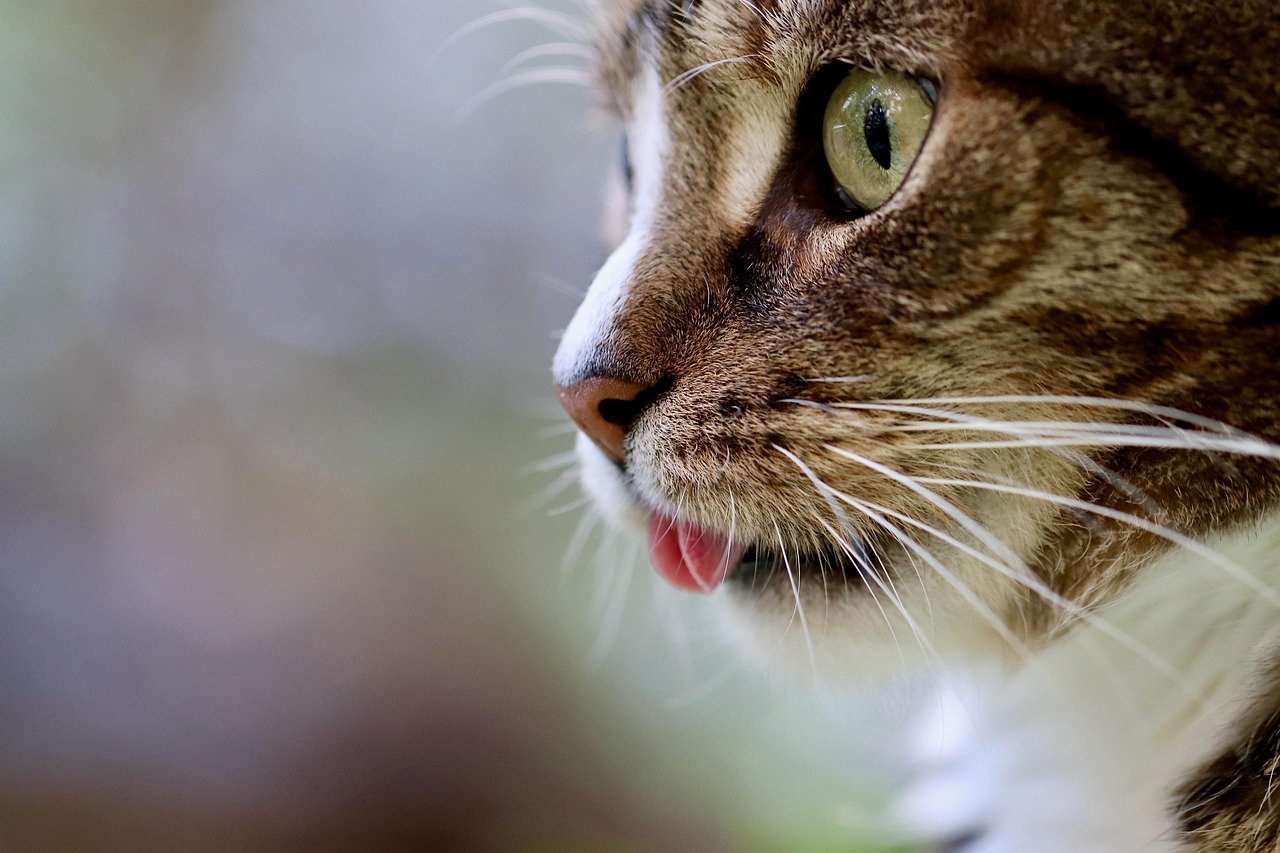
The timing of deaths preserved in the tar pits suggests saber-toothed cats had seasonal gathering patterns. More fossils date to certain times of year, indicating these cats may have come together during specific seasons for mating or following prey migrations.
These seasonal gatherings would have been spectacular events – imagine dozens of massive, fanged cats converging on prime hunting grounds. The social dynamics during these times must have been incredibly complex, with multiple families negotiating territories and mating opportunities.
Conflict Resolution Among Giants

Not all interactions between saber-toothed cats were peaceful. Some fossils show evidence of bite marks from other saber-toothed cats, but many of these wounds healed. This suggests conflicts were resolved without fatal outcomes, indicating sophisticated social rules.
Modern big cats in groups have complex dominance hierarchies and conflict resolution mechanisms. These ancient cats may have had similar systems, using displays of strength and strategic positioning to establish pecking orders without unnecessary bloodshed.
The Mystery of Mixed-Age Groups

Unlike modern cat species where young adults typically disperse, saber-toothed cat groups included individuals of all ages. This multi-generational structure provided enormous advantages for survival and learning. Young cats could learn from experienced hunters while contributing their own energy and enthusiasm.
The mixed-age groups also provided insurance against catastrophic losses. If disease or injury affected one generation, others could maintain the group’s hunting effectiveness. It’s a survival strategy that worked remarkably well for thousands of years.
What Their Extinction Teaches Us

The end of the saber-toothed cats coincided with major climate changes and human arrival in North America. Their social nature, which had been such an advantage, may have made them more vulnerable to rapid environmental changes. When prey animals disappeared, entire social groups collapsed together.
This tragic ending reminds us how interconnected social species can be. The loss of key individuals can cascade through entire communities, leading to rapid population collapse. It’s a sobering lesson for modern conservation efforts protecting social species today.
Modern Parallels in Big Cat Behavior

The social behaviors revealed in saber-toothed cat fossils mirror those of modern lions in many ways. Both species show cooperative hunting, shared territories, and extended family care. This suggests that social living in big cats is an ancient and successful evolutionary strategy.
Understanding these ancient social patterns helps us better appreciate the complexity of modern big cat societies. The next time you watch a nature documentary about lions, remember that their social behaviors have roots stretching back hundreds of thousands of years.
The La Brea Legacy

Today, the La Brea Tar Pits continue to yield new discoveries about saber-toothed cat social life. Advanced dating techniques and DNA analysis are revealing even more details about how these magnificent predators lived, loved, and died together. Each new fossil adds another piece to the puzzle of their complex social world.
These ancient cats weren’t just fearsome predators – they were sophisticated social beings with rich emotional lives and complex relationships. Their story reminds us that even the most formidable creatures can show tenderness, loyalty, and cooperation. What other secrets might these ancient bones still hold?
Hi, I’m Bola, a passionate writer and creative strategist with a knack for crafting compelling content that educates, inspires, and connects. Over the years, I’ve honed my skills across various writing fields, including content creation, copywriting, online course development, and video scriptwriting.
When I’m not at my desk, you’ll find me exploring new ideas, reading books, or brainstorming creative ways to solve challenges. I believe that words have the power to transform, and I’m here to help you leverage that power for success.
Thanks for stopping by, Keep coming to this website to checkout new articles form me. You’d always love it!






